If there is a next-level experience for skiers, it would have to be freeride skiing in Engelberg. I have been to the town by Mount Titlis many times to improve my winter sports. And on my most recent trip, I wanted to go off-piste and learn freeride skiing.
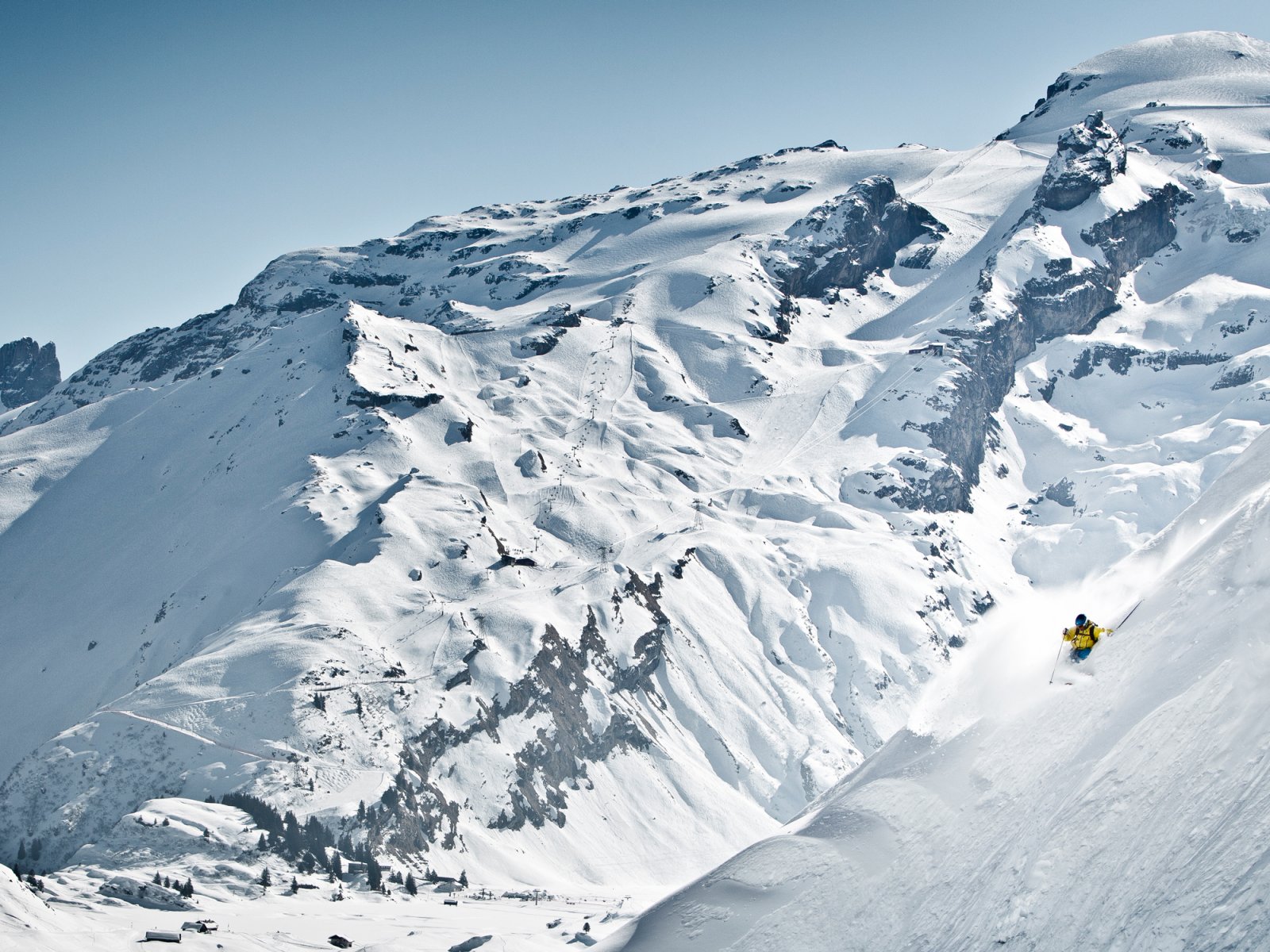
While Switzerland is full of beautiful winter sports destinations, Engelberg has a special place in my heart: it feels off the beaten track. It is a town and region for those in the know, yet it is less than two hours by train from Zurich's main station. I recommend the train because between Lucerne and Stans, you are bound to get stuck in traffic.
One time, I came to Engelberg to improve my cross-country skiing technique. And during summer, I have embarked on some fantastic yet challenging hikes, including the Cable Car Hike and a segment of the Tell Trail from Stanserhorn to Engelberg.
Why Engelberg is perfect for freeride skiing
Engelberg is known as the freeride capital of Switzerland. Freeriding is skiing outside of established and groomed pistes. Unlike ski touring, freeriders generally use gondolas to get up the mountain and then look for descents in fresh powder snow.
Seeing Engelberg in the summer, you would be forgiven for thinking that the mountains are too steep for skiing. However, Engelberg has a secret: its near North-South orientation captures inclement weather and ensures that the snow piles up. This turns gnarly cliffs into long, wide and snow-covered drops like heavy down duvets draped off a bed.
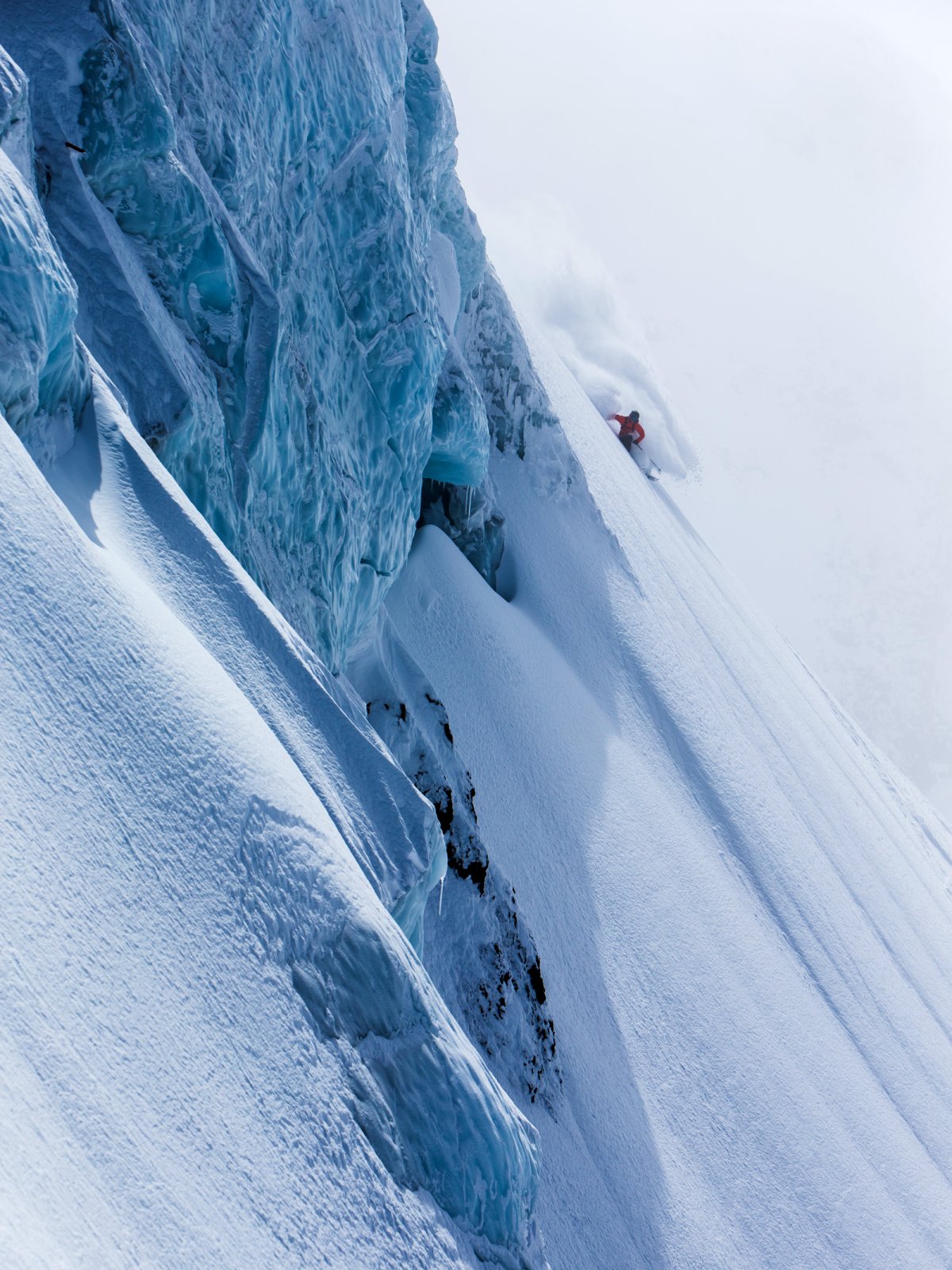
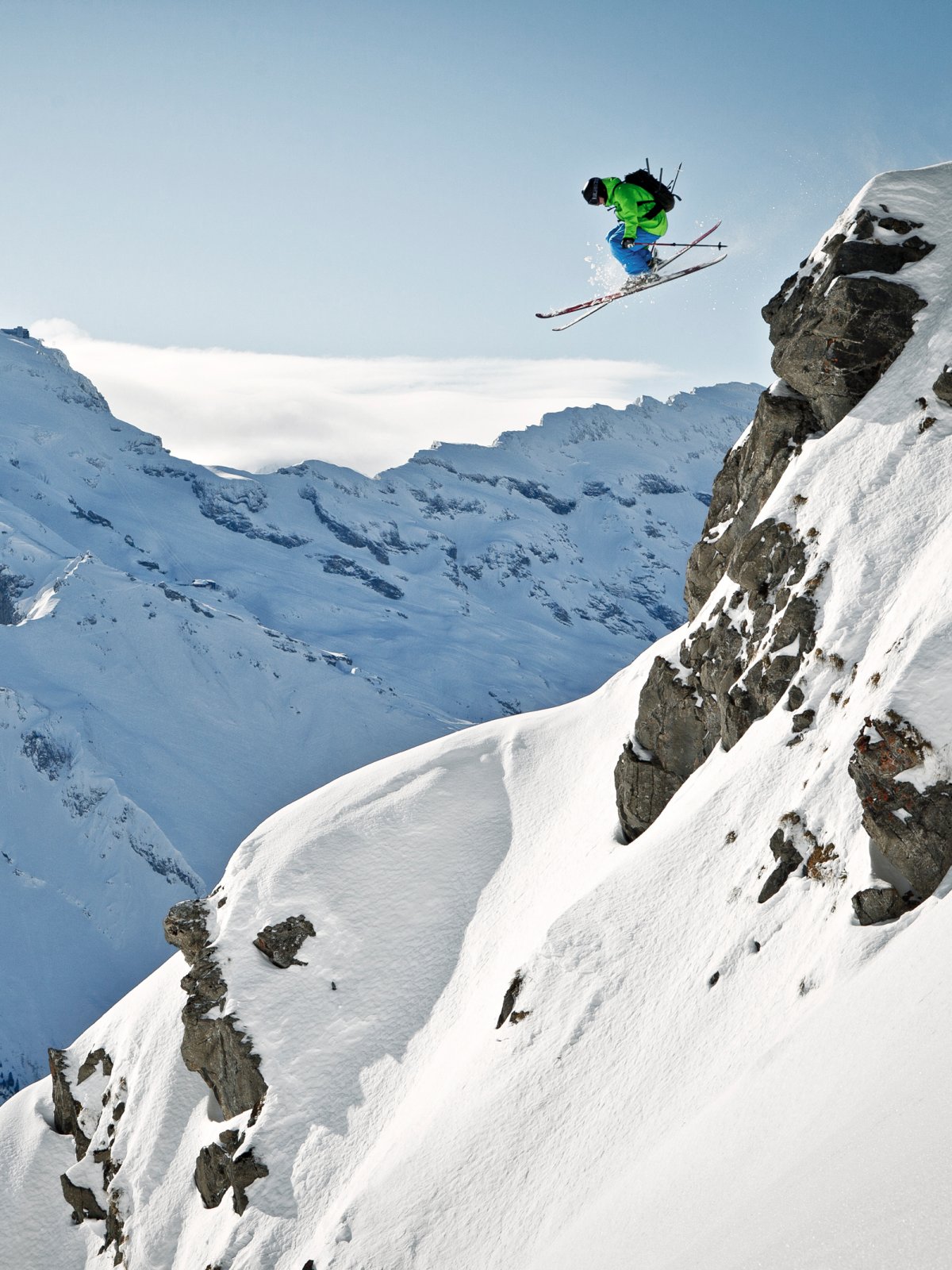
The Big Five of Engelberg
When someone speaks of the Big Five, they usually refer to Africa's hardest to hunt animals. The Big Five of Engelberg are its freeride descents. Each has its allure, from the sheer width of the Laub to the nearly unbeatable length of the Galtiberg (2000 meters).
The Big Five of Engelberg are:
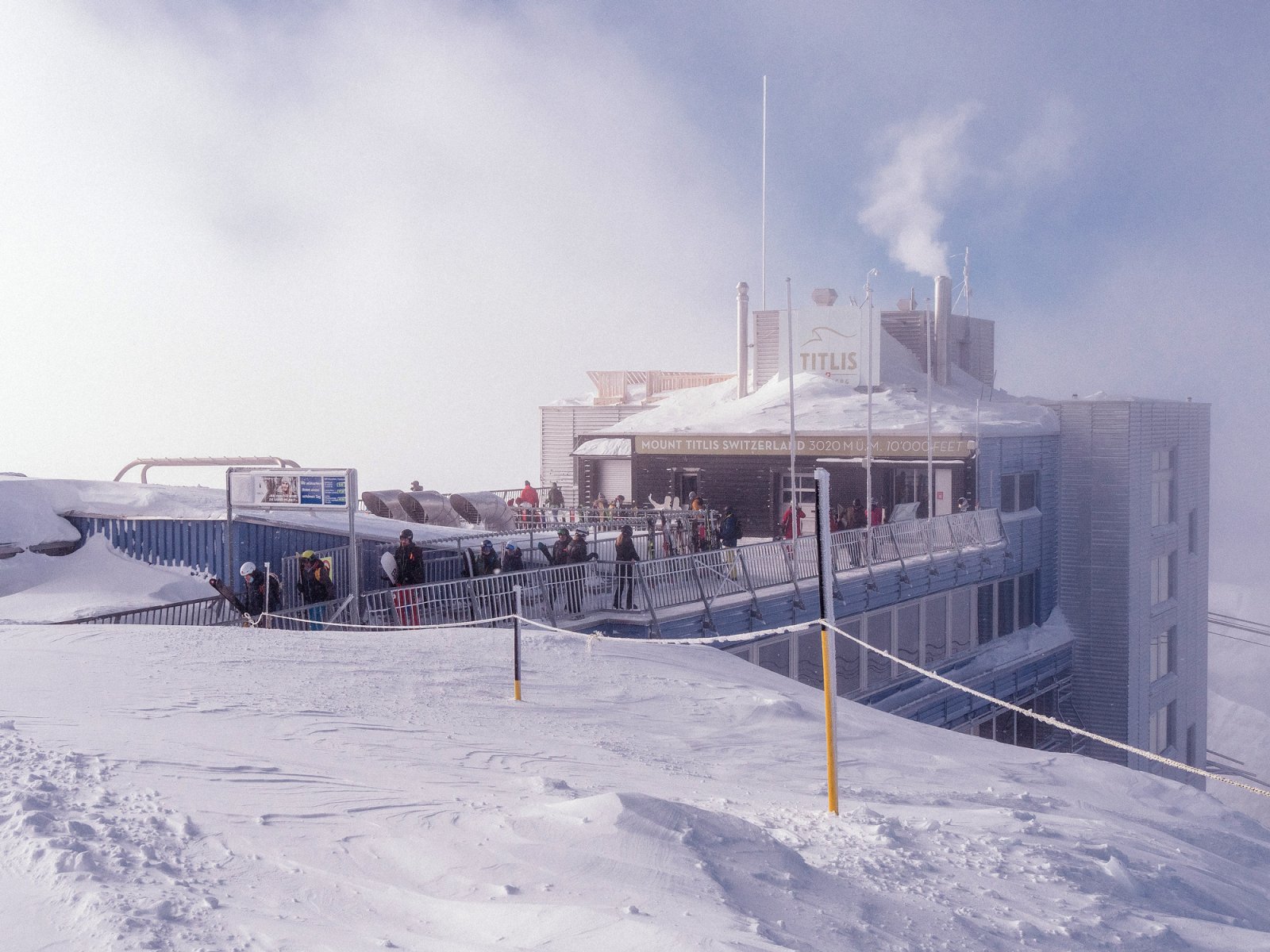
Learning to freeride with an instructor
For my first foray into freeriding, I have a ski instructor. Kilian Weibel is one of Switzerland's top ski instructors and a member of the Swiss Demo Team. Along with other winter sports professionals, the Swiss Demo Team continually improves ski techniques and equipment. The first thing that Kilian does is set me up with safety gear: shovel, avalanche probe, and avalanche transceiver.
As I investigate the equipment, understanding how each item would be used, Kilian assures me that we won't be going out into anything too difficult or dangerous. “You never know what the mountain will bring, so it's a good habit to always be prepared,” he explains. The old boy scout wisdom of “failing to prepare is preparing to fail” holds as true in freeriding as with the rest of life. Like nearly every mountain village with skiing, Engelberg sees avalanche fatalities almost every year.
As we exit the gondola station, Kilian suggests we do a few runs on the piste so he can see my skiing style, strengths, and weaknesses. It's my first time on skis in three years, so I'm rusty and quickly get told the importance of shifting my weight and bending and stretching.
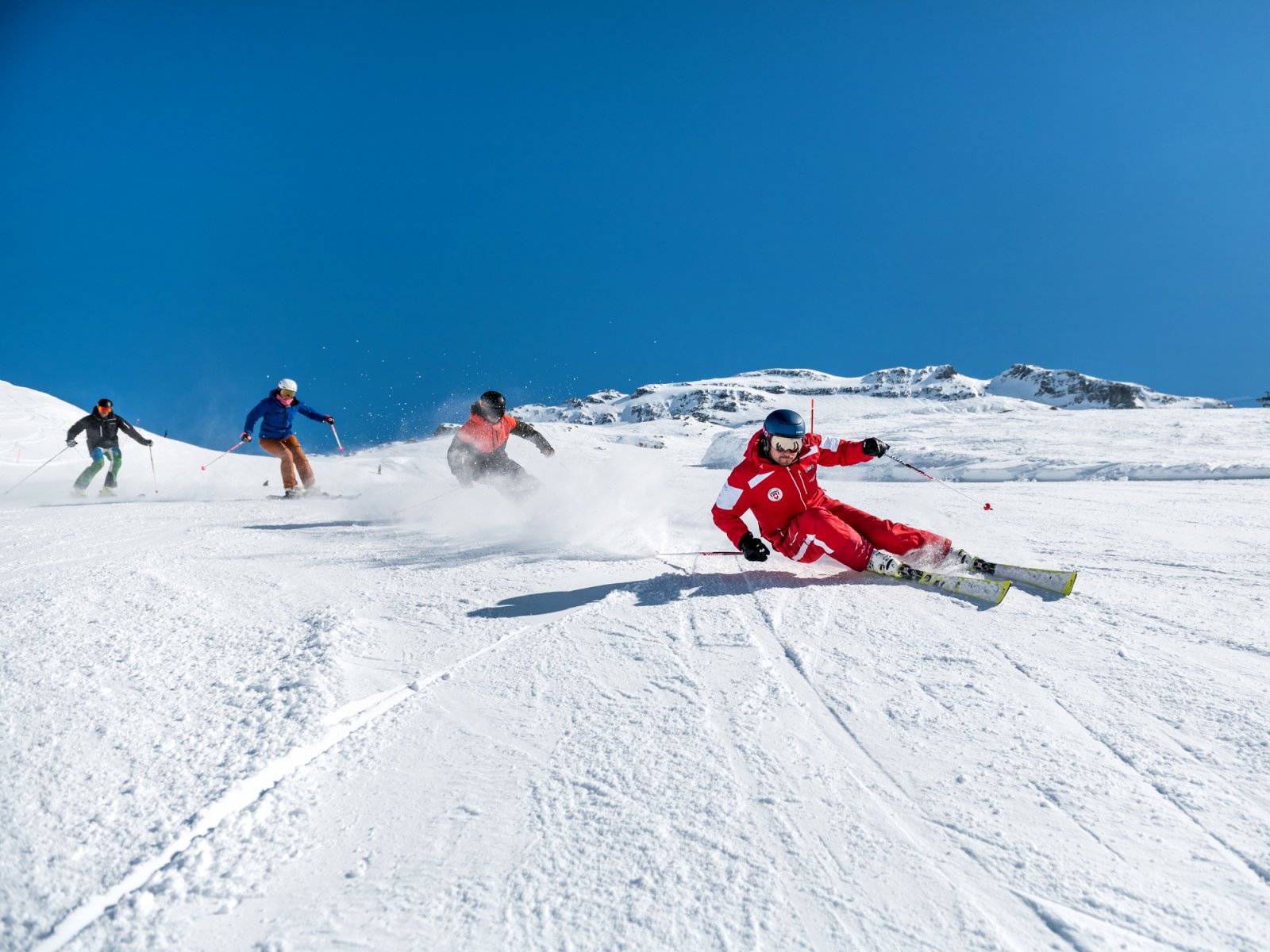
After a few runs and some technique refinements, we find a nice bowl of a couloir full of fresh powder. Pointing his ski pole towards the incline, Kilian traces the best way to tackle this deep snow ride. I take a deep breath and tip myself off the ledge, and thanks to the wide freeride skis, I quickly find myself seemingly floating on snow. Turning is easier said than done, but I make it out of the snow and back onto the piste without falling.
Snowflake is a local Engelberg icon
I call it a day with newfound respect, a stage beyond mere wonderment for free-riders. On the mountain, I also had the pleasure to meet a local legend: Snowflake. No, his name is not an insult.
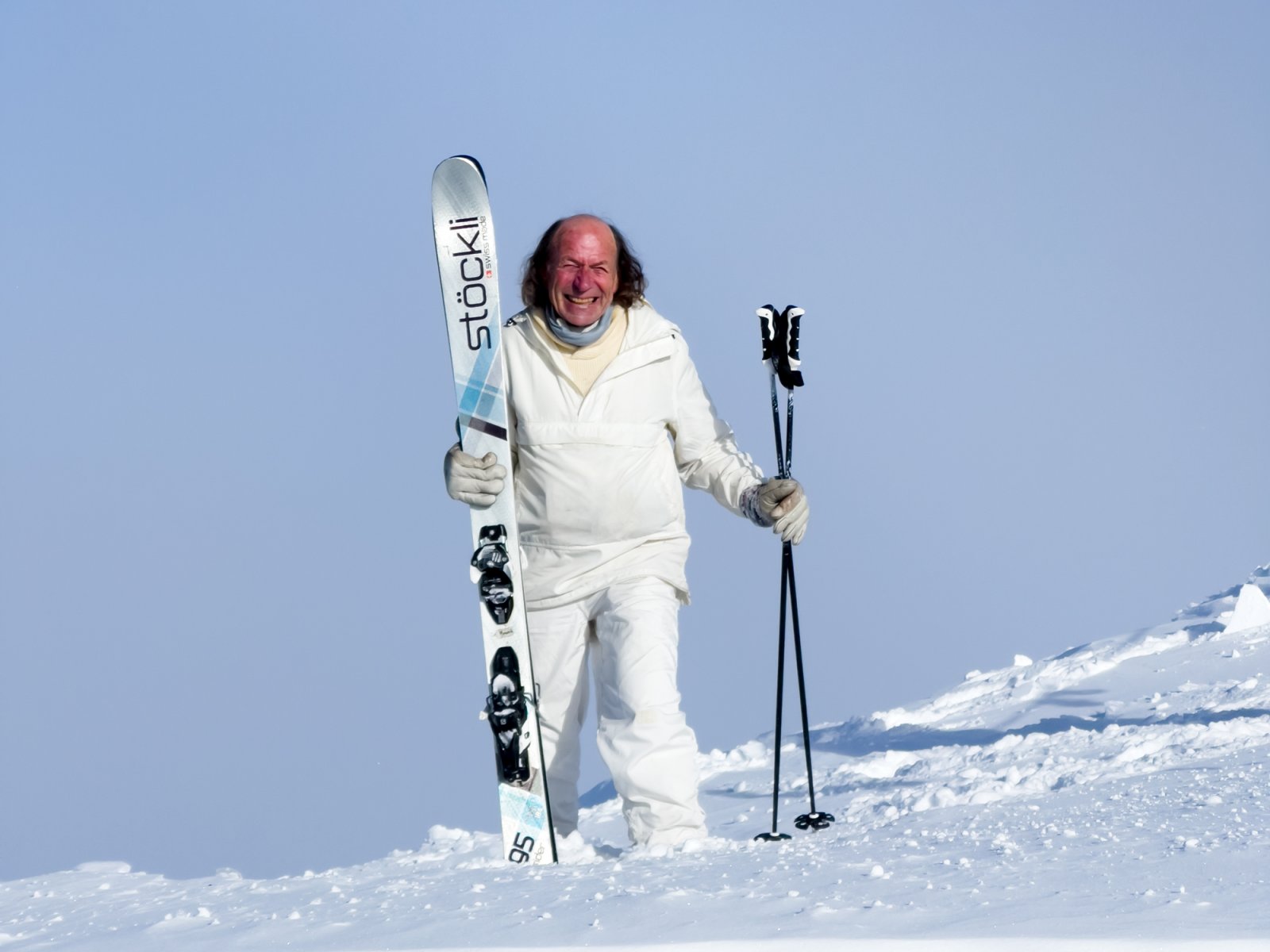
Should you ever meet Heini Giesker, you will realize that this man is anything but a snowflake. Instead, his nickname is a homage to how he blends into the mountain in his white ski suit, often hiding from the ski patrol after they clear the mountain so he can have the mountain for himself for one last run. At 74, he still hits the slopes as hard as any twenty-something ski bum, unafraid of the dangers that the mountain could throw at him.
"Where do you want to ski after lunch?" he asks with excitement. I am still unfamiliar with the Big Five apart from their existence. Heini starts praising each descent for its drops, length, technicality, views, lack of other skiers, orientation, where it finishes, and a plethora of other notable features.
I am not sure if Snowflake is married, and I don't ask. I would imagine that he is not, as no woman could compete with his adoration for nature and, specifically, the white powdered peaks of Engelberg. As we ski some roughed-up snow, he gives me pointers on how to control my skis to go faster, get the flow, and have more fun.
By the end of the day, we have skied some off-piste slopes several times. However, after lunch, the snow got choppy as nearly every skier has tried to plough through the fresh snow. Skiing in this stuff is hard work and requires practice.
By 4 PM, my legs are on fire. We have just finished the ungroomed piste below Rotegg when Heini asks me: "Are you ready to do the Laub?" Sheepishly, I answer that I am calling it a day. He understands but doesn't stick around long to see me off or convince me to do it. The slopes are calling, and he knows he can get a few more runs in before the sun disappears completely.
Freeride photographer Oskar Enander on Engelberg
My encounter with Snowflake proves the point that Engelberg is full of personalities. The town also has a reputation as a Swedish hub. Ask a Swede in Engelberg about this, and they will point out that there are only about 50 of them in a community of 4308. They make up all of 1.2%.
But one of the most renowned hotels, the Ski Lodge Engelberg, is owned by Swedes. Swedes also run the Roastery, and there used to be a Swedish café and bakery that made delicious cinnamon buns. With some popular Swedish-owned and operated businesses, plus the numerous Swedish tourists passing through for freeride holidays, you could be forgiven for thinking that Engelberg is little Åre.
One notable Swede who calls Engelberg his home is Oskar Enander. Twenty years ago, Enander and two friends piled their essentials into a VW van. They hit the road looking for adventure and for a place to live the ski bum life. Asked what he would do with his life, he would have never imagined he would be photographing skiers in Engelberg (and other powder heavens around the world.)
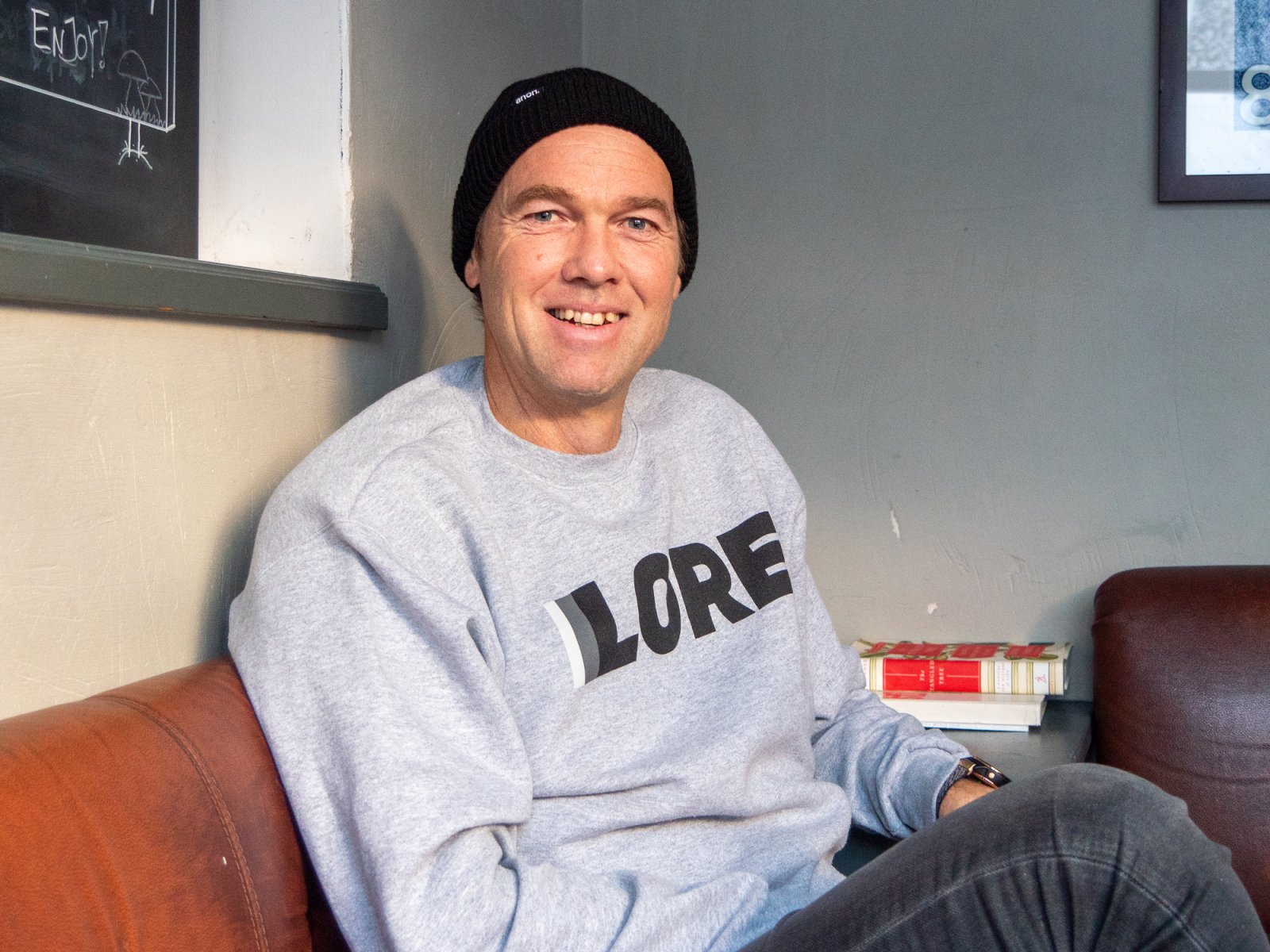
And were it not from a camping ban in St. Anton in Austria, he might not even have made it to Engelberg. The camping ban in St. Anton meant they would not be able to live cheaply out of their van. What's the point of having a VW van if you can't sleep in it? Luckily, Oskar Enander had read about Engelberg where the three Swedes discovered a ski resort like almost no other in the Alps: a freeride skiing paradise with long runs and snow that lasts well into May.
As the weeks became months and the months turned into years, Oskar made Engelberg his home. Though he's often on the road taking photos for brands like Red Bull or magazines like Powder, he's also a regular around town. You might catch him at the Ski Lodge Engelberg having a coffee or chatting to one of the many skiers grabbing a drink or a bite to eat.
I talk to Oskar about what makes Engelberg an excellent place for his type of photography. His reasons are numerous: the snow conditions, the people who come here, and the lighting. He also mentions the fact that unlike Zermatt or the Bernese Alps, there are no iconic peaks or landscapes that take away from the focus of the shot.
Meet the ski doctor, Dani Friedli
Unlike Geny Hess, you are less likely to find Dani Friedli on the mountain. Instead, Friedli contributes to freeride skiing in Engelberg by owning the Okay Shop, one of Switzerland's most understated but famous ski shops. If you have a pair of skis that need fixing, Dani Friedli is the person for the job.
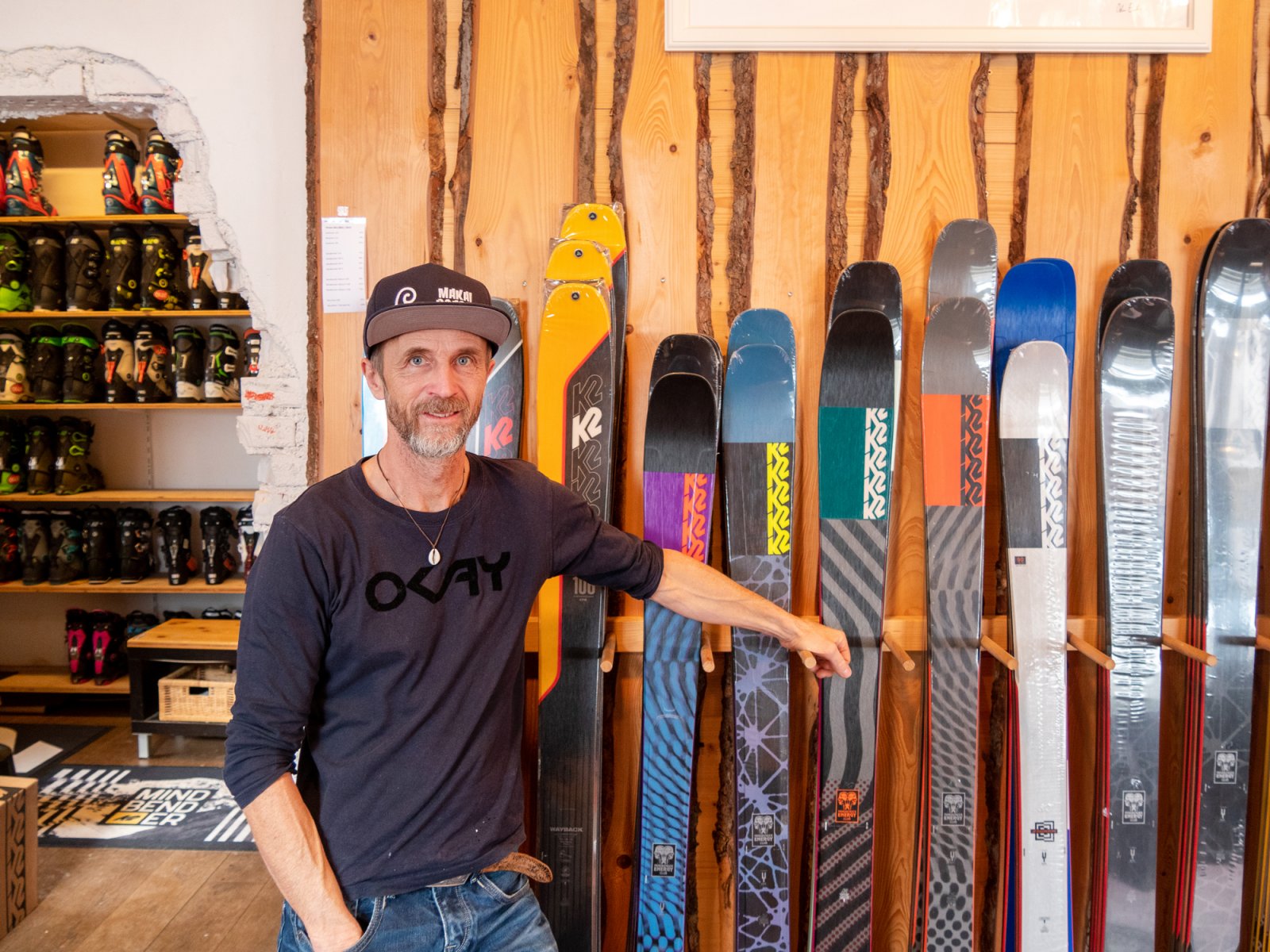
From October to May, you will find him in his shop on the side of the Bellevue Terminus Hotel, working 14 to 16-hour days. Dani tells me that getting his clients’ skis ready is his passion. Trying to fix an unrepairable set of skis is like solving a puzzle for him. He will be the first to tell you that not everything can be fixed, but before he lets you throw away a pair of skis, he would rather see if he can repair them.
As I am visiting him in the shop to drop off my skis, which have seen better days and require service, he happens to be working on Oskar Enander's skis. Oskar will be needing them for a photoshoot with The <Mountain> Studio in Canada that he's flying to the next day. It is Dani Friedli's dedication to offering the best service that's earned him a nearly cult-like following of skiers who will entrust their skis to him exclusively.
Geny Hess is a freeriding pioneer (and wine connoisseur)
Geny Hess has seen Engelberg develop into a freeriding mecca. He is a freeriding pioneer, remembering the Laub descent during times when he would ski it for a week, cutting fresh tracks each time. Nowadays, if you don't hit the Laub by 2 PM after a new dump of snow, you'll find that you need to ski through others' tracks.
Over a delightful meal of venison, spätzle, cabbage, chestnuts, and an exquisite bottle of Pinot Noir from canton Uri, Geny tells me about how freeriding has changed since he brought out the first tourists to ski Engelberg's Big Five.
Back then, the skis were narrower and longer; one needed to watch their technique more. Today, the shorter, wider skis allow more people to ski off-piste. This makes Geny Hess happy, but he still wishes that people would get a guide, respect the animals and nature on the mountain, and thoroughly take in the ancient scenery.
When you visit Engelberg, you are as likely to find Geny Hess in the Hess Selection wine shop run by his daughter-in-law and son as you are to see him on Mount Titlis carving some fresh tracks.
Back in Zurich, my legs have recovered after this freeriding adventure.
As I run up and along the Zürichberg, I can see Mount Titlis in the distance. Engelberg is a mountain resort that I will always enjoy visiting. While many places have their own personality, I think that Engelberg's embrace of its people makes it so unique. This gives Engelberg a small-town feeling where strangers quickly feel welcome.
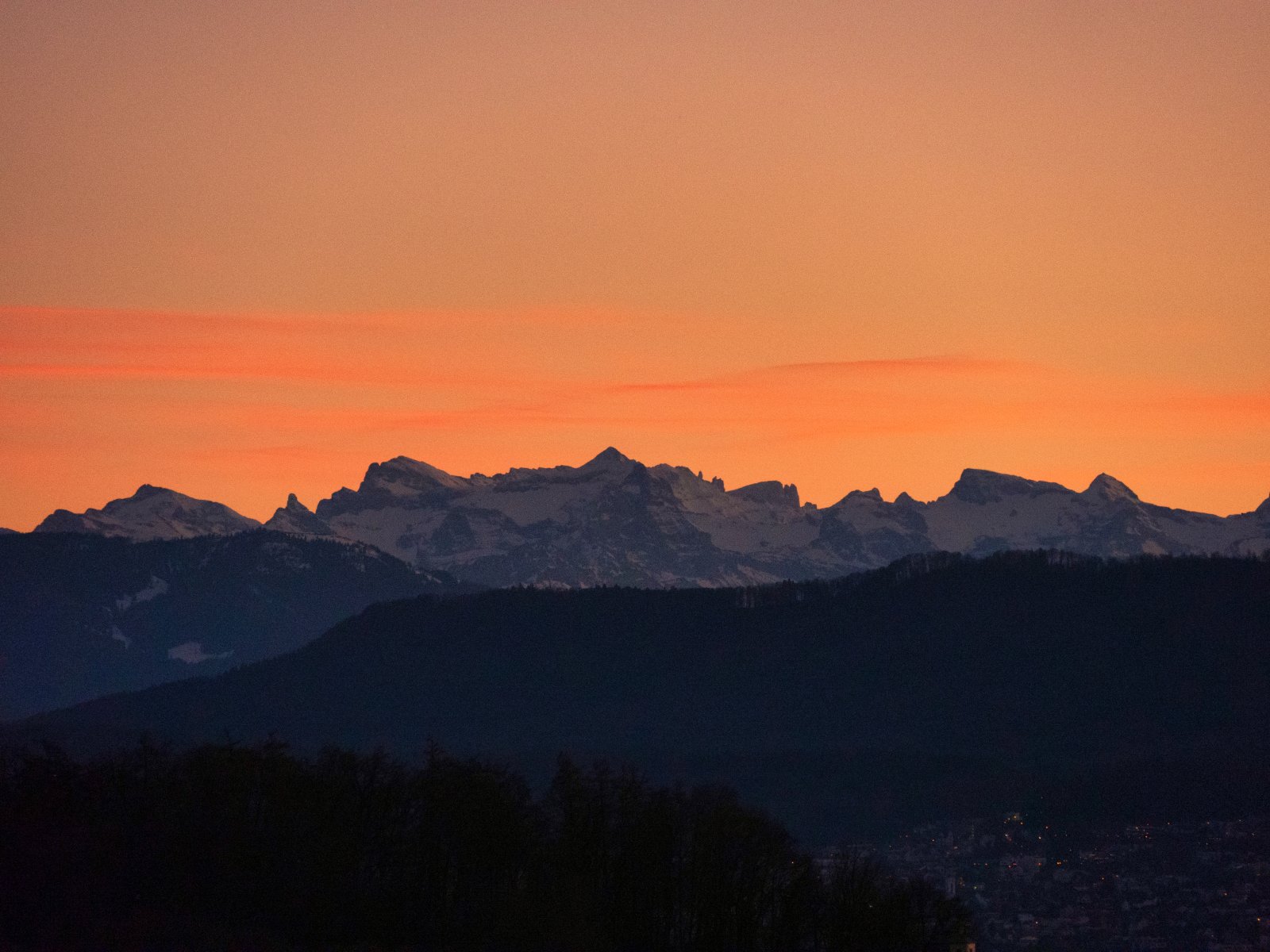
(This trip was kindly supported by Engelberg-Titlis Tourismus.)

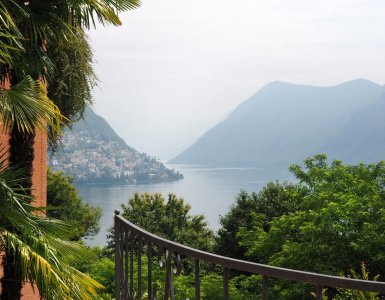
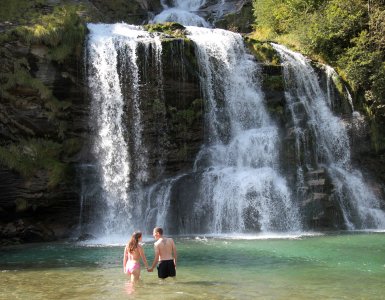
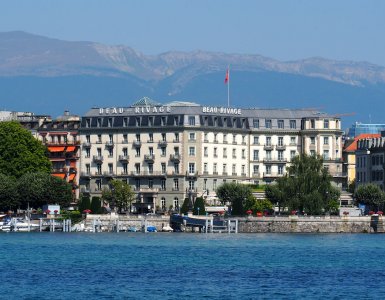

Add comment